Sample characters from a project based on an obsessive collector of rare species, who experiments on them to try and save them from pending extinction, whilst unwittingly causing them to become absolutely extinct. A cabinet of unfortunate curiosities.
Subject 2: ‘Miniature Pink Quappo’ part of the Equipe family from Southern Asia
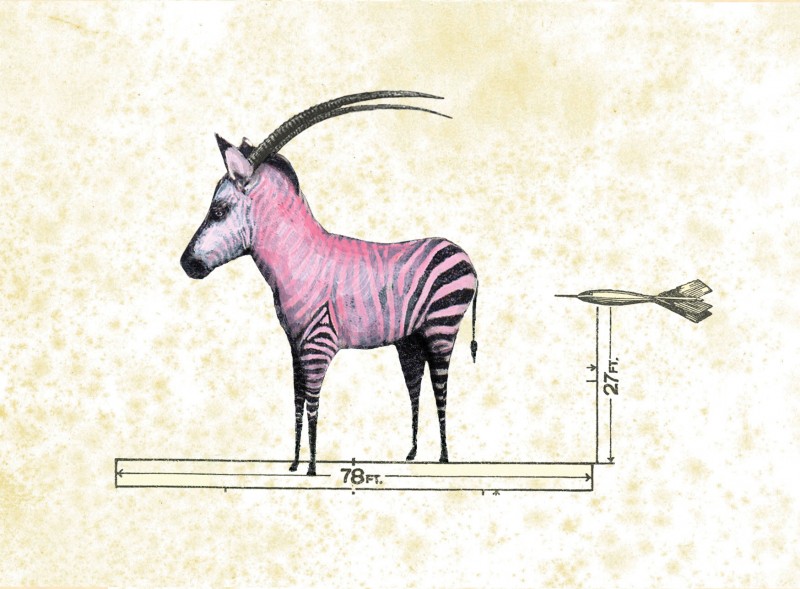 The distinctive pink stripes were popular amongst the fallen women of city brothels at this time. The Quappo hides were transformed into illicit fashion adornments and soft furnishings, and helped coin the phrase “pink light district”, which later transformed into “red light district” upon the invention of the coloured light bulb.
The distinctive pink stripes were popular amongst the fallen women of city brothels at this time. The Quappo hides were transformed into illicit fashion adornments and soft furnishings, and helped coin the phrase “pink light district”, which later transformed into “red light district” upon the invention of the coloured light bulb.
The Quappo’s associated reputation with the immoral, ruled that all respecting persons should remove such beasts from sight, on the grounds of public decency. The resultant eradication of this quiet and unassuming species thus took place.
However, the fast changing fashions during this era meant that the loss of this small creature went unnoticed and unremarked upon.
Subject 6: ‘Arabian Ghost Dog’ exclusively found sulking on the shoreline of the Dead Sea
Specimen must be kept in a darkened environment, or its pale skin is prone to blushing, creating uncomfortable social situations for all present.
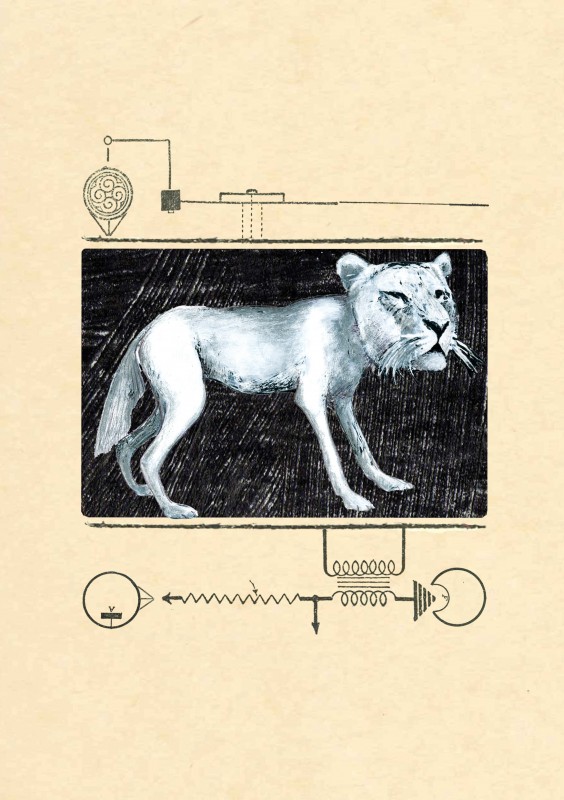
Subject 18: ‘Sulphur Crested Beaker Fish’ Lake Wanaka, New Zealand, 1858
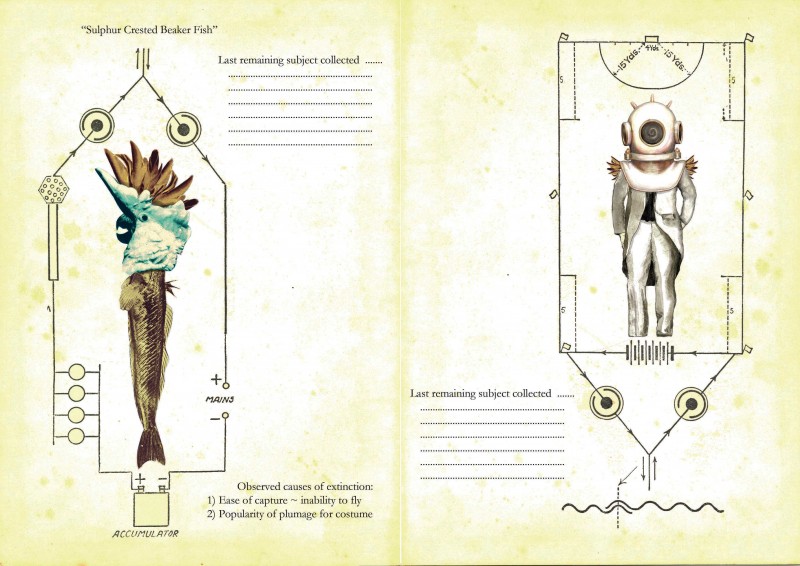 The only member of the flying fish family to have lost its ability to ‘fly’. .
The only member of the flying fish family to have lost its ability to ‘fly’. .
Preferring a vertical swimming style, its bobbing motion was responsible for founding the ‘Beaker’ dance style, adopted in the underground diver scene of the 1850’s.
The Beaker population was devastated for the use of their plumage.
The last known owner of a partial Beaker sample was that of Professor Featherbell, the leader of the Chicago branch of the Beakers, whose passing was recorded in a violent homicide in 1862 at the hand of a rival Beaker gang member.
The Beaker dance style took a dramatic fall in popularity when the Ballroom Blitz took off in the 1860’s. The underground diver scene still continues, but the Beaker plumage was replaced by imported porcupine spine accessories.
The deceased remains of Professor Featherbell were excavated 29 July 1864.
Subject 27: ‘Greater Spotted Howler Lizard‘ of the Echo Mountains, Southern Africa (caution: protect ears upon encounter)
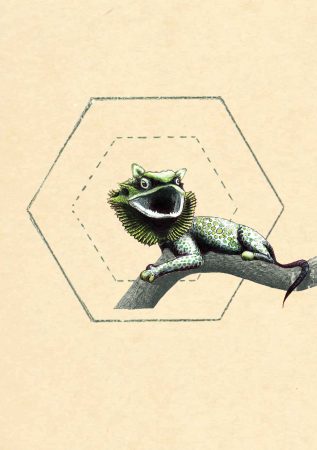 With the mass manufacture of the automobile, the requirements for the Howlers vocal chords as car horns, completely depleted the wild population of this species.
With the mass manufacture of the automobile, the requirements for the Howlers vocal chords as car horns, completely depleted the wild population of this species.
The native human population in the habitat of the Howlers, within the Echo Mountains, were not at all disturbed by the removal of this species from the wild. As well as the peace and quiet they gained from such an extraction, the Howler provided no medicinal or nutritional value to them, and it was recorded that even a starving man would not whet his palette with the disgusting taste of the cooked Howler. Its taste being reminiscent of swallowing congealed eggs with an after taste of rotten baboon bile.
The captive breeding of Howlers came to an abrupt end in 1835, firstly due to the successful petitioning to Government by neighbourhood schemes in the vicinity of the Howler factories, and in fact by the owners, breeders and keepers themselves, even though this would result in the loss of their livelihood. The personal injury claims alone, due to loss of hearing and afflictions of Tinnitus took their toll on the manufacturers and the National Health Service. And secondly, on the invention of the air horn by Cornelius Montblanc at this time, which culminated in finding a solution to this problem and started the public rejoicing and festivities after an immediate mass culling of these noisy creatures took place. Relief was felt by all involved and a new Government decree banned the ownership of Howlers for domestic or commercial use.
Subject 43: ‘Antlered O’Deer Bat’ Mrs Beecham’s attic
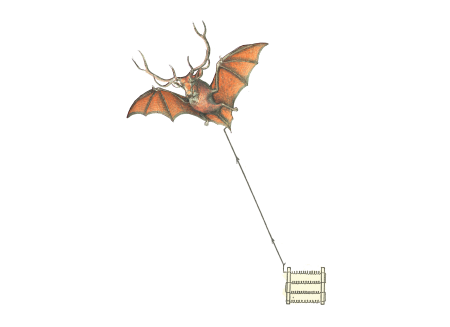
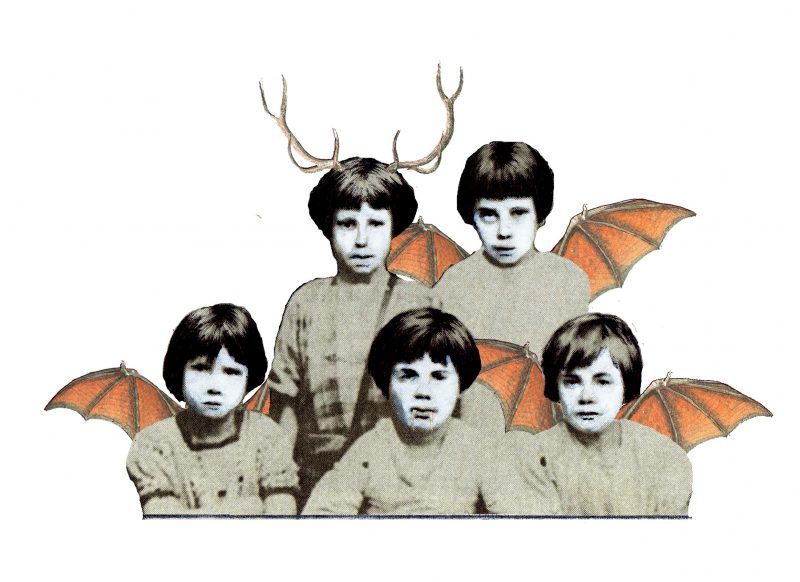
Due to the lighter-than-air nature of the specimen, the bat has to remain tethered at all times.
Their appendages are utilised during the All Hallows Eve celebrations, an annual event of twilight festivities.
Subject 44: ‘Lurker Monkey’ New England
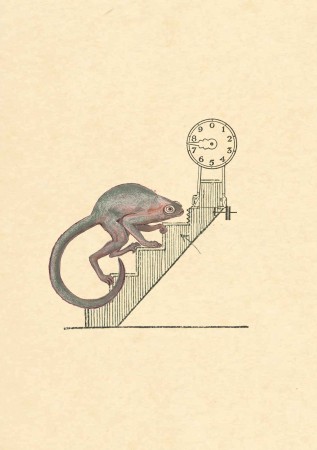
These creatures were found only to dwell upon the centre of stairs in public libraries, and so were unceremoniously crushed beneath the feet of librarians and the public as a whole.
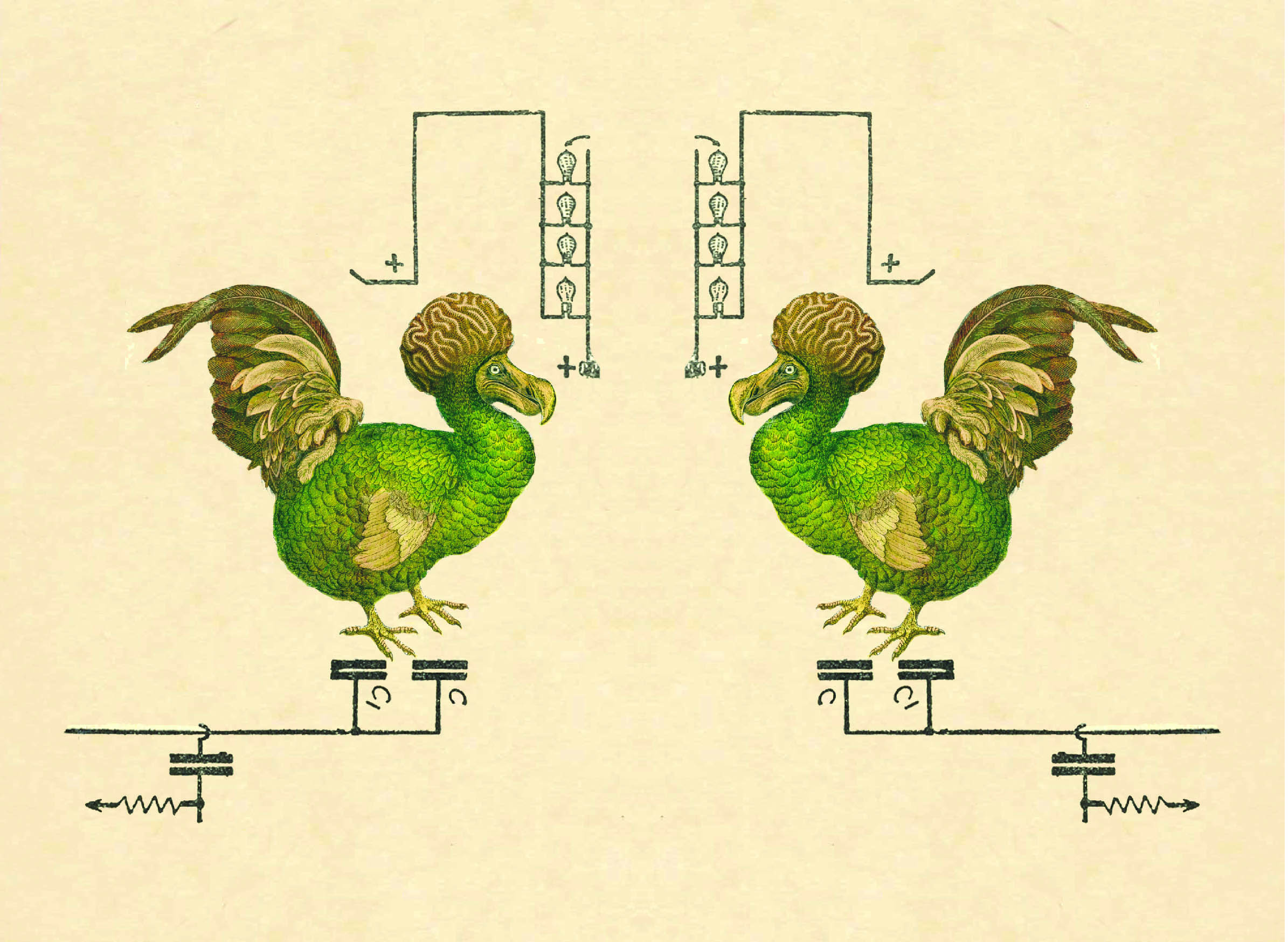
No responses yet